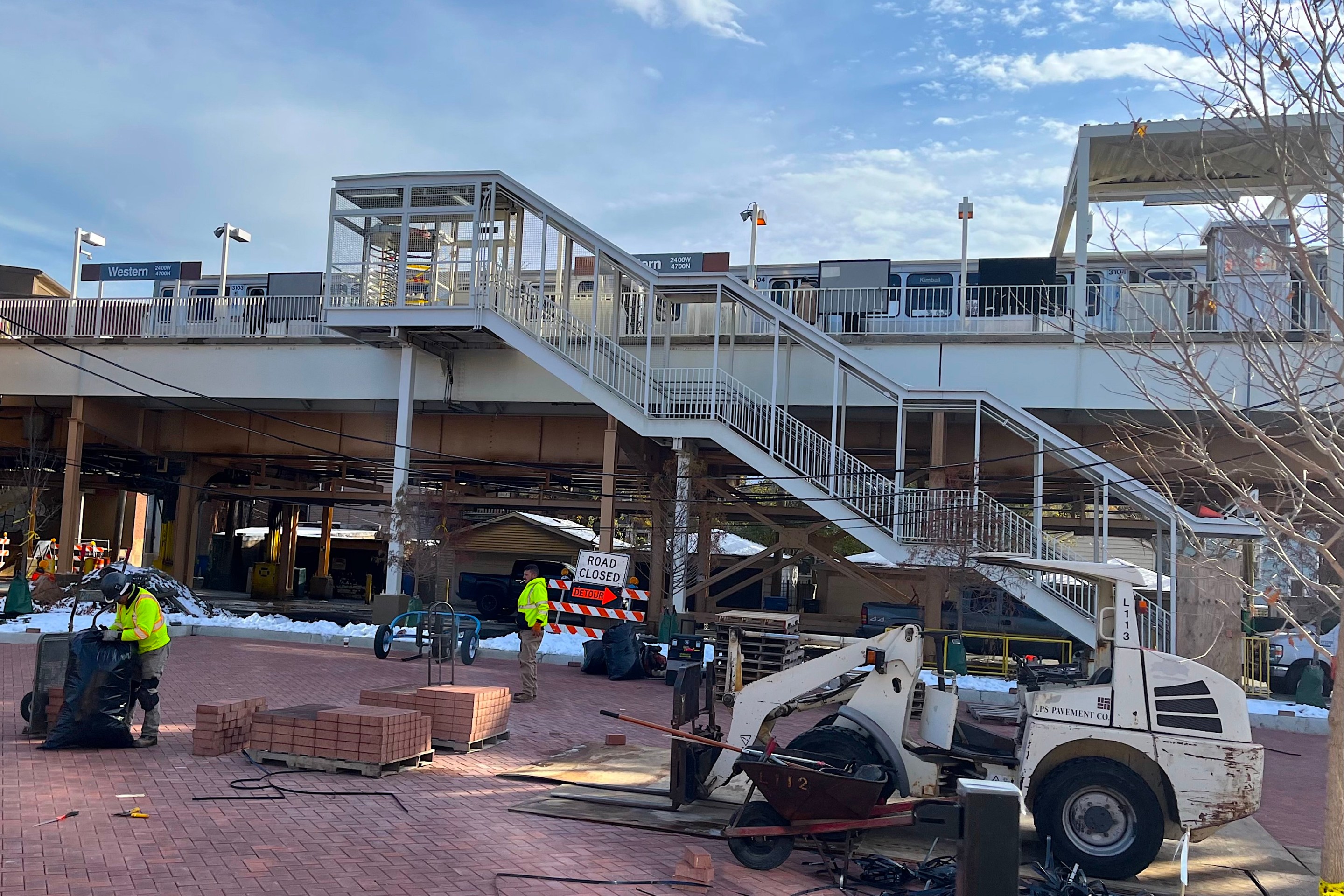Ryan Gravel was just a graduate student at Georgia State University when he came up with the idea for the Atlanta BeltLine -- a ring of parks, trails, and transit that would encircle the city, repurposing derelict space around abandoned train tracks.
The first phases of trails and parks are now underway, and the Beltline has already catalyzed a wave of construction of walkable housing. Taxes from the development will help fund new transit routes. Broadly speaking, the BeltLine has inspired a model of walkable growth in one of America's most sprawling regions.
In his recently published book, "Where We Want to Live," Gravel says what's happening in Atlanta with the BeltLine is part of a bigger shift: taking 20th century infrastructure and repurposing it for 21st century needs. Moreover, projects like the BeltLine provide a healthier model for infrastructure investment that is enduring, equitable, and creates the "places we want to live."
Streetsblog recently spoke to Gravel about the BeltLine and his book. Here's a lightly edited transcript of our talk.
Can you explain the thesis of the book?
Projects like the BeltLine represent something much larger than the specific improvement that it’s making to the city. It’s part of a much larger cultural momentum that’s going to fundamentally change the way we build cities.
If you think about the forces that created sprawl in the fifties, the foundation of urban sprawl was really just about millions of people making millions of decisions over an extended period of time about what the best investment was for their future. And it was very much tied into ideas about economic prosperity. They fundamentally shifted the world around us. And they have had consequences that most people I’m sure did not anticipate.
Now we’re sort of rethinking collectively how we want to live. The cities that are leading the way are best positioned toward that future. It’s not just projects like the Beltline that are catalyst projects, there are lots of other initiatives. Tactical urbanism, all these things are sort of examples in shifts in the way of thinking about cities.
We’re at the beginning of this pretty significant shift that I think is on the order of magnitude of sprawl. We want things to change, we need things to change for our survival, but as they do change we need to be thoughtful about how we do that so that’s its equitable.
In your book you mention examples of projects in other cities that are in the same spirit as the Atlanta BeltLine. Can you elaborate?
Chapter 10, it connects the BeltLine to all these other projects all over the world, everything from the High Line (in New York City) to the L.A. River, the Bayou [Greenways] in Houston, things like that.
It’s sort of a way of thinking about infrastructure that asks it to do more than one thing and to put people at its center.
I talk about some of the terrible things going on around transportation around the country. One of them is this 16-mile managed lanes project here in Atlanta, which will cost nearly a billion dollars from Perimeter Highway outbound. For the same price we could build the transit on the Beltline. Instead we’re building this traffic lane basically that nobody can use that’s not in a car. There’s no discussion about equity or affordability. There’s no talk about how it impacts our lives. And I think we should be having that conversation around, if not all the infrastructure we build, certainly billion dollar investments.
What was so revolutionary about the BeltLine?
Certainly something that was sort of revolutionary about the BeltLine was the way it came about. It wasn’t part of some big plan for the city, it came from an academic environment. It didn’t come from City Hall and it didn’t come from developers, people could just evaluate it. And it’s really the public that made the project happen. Because the people of Atlanta fell in love with it. And that is the thing that made the project move forward. They got their elected officials’ attention and even got them to develop it, because the people wanted it so much.
The idea that people can fall in love with an infrastructure project is kind of crazy. But it’s not surprising I guess. It’s very different from the way we typically go about building infrastructure projects.
What makes these projects you mention different from what came before?
Well they’re not all roads, obviously. They include a combination of elements. They’re not all greenways, they don’t all include transit. The BeltLine is pretty broad in that is it both transit and trails and parks.
The idea is that they’re infrastructure corridors, whether their rail lines, or degraded waterways where people, the public, are sort of reclaiming their infrastructure for other purposes -- for some expanded, more life-affirming purpose, for their future.
Atlanta could have sat around and not bothered with those abandoned rail lines, but it sure is cool to reclaim them as some signature element of our future.
Same with the L.A. River -- it was forgotten about by generations but now it’s being reclaimed in a very thoughtful way by communities along the river.
It asks them: How do we want to live our lives? And only after that question is answered, then you imagine and construct infrastructure to support that way of life.
We sorta keep building the same things that we have been building but we don’t ask ourselves, "Do we still want to live like that?" This project north of Atlanta is the perfect example. That’s the perfect project for 40 years ago. Haven’t we learned something from that? Don’t we see the changes in the way people want to live?








